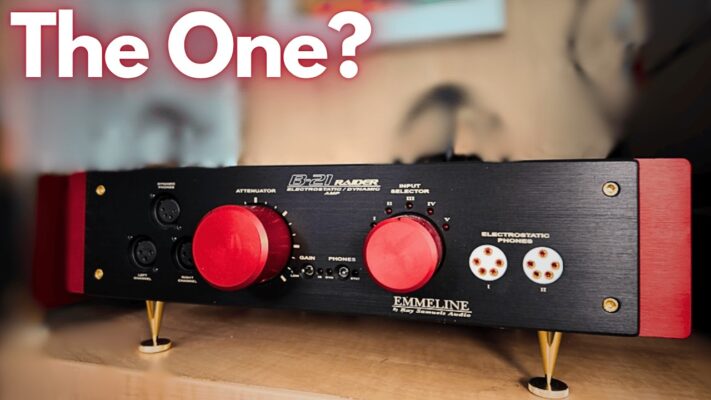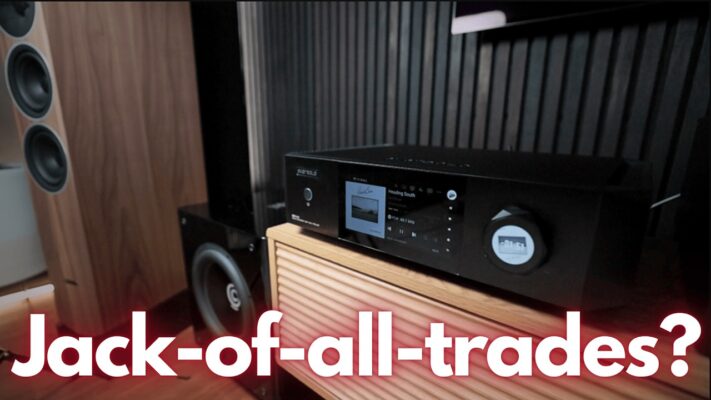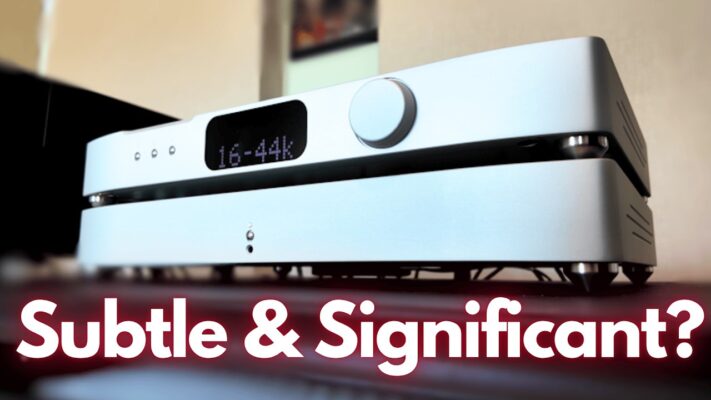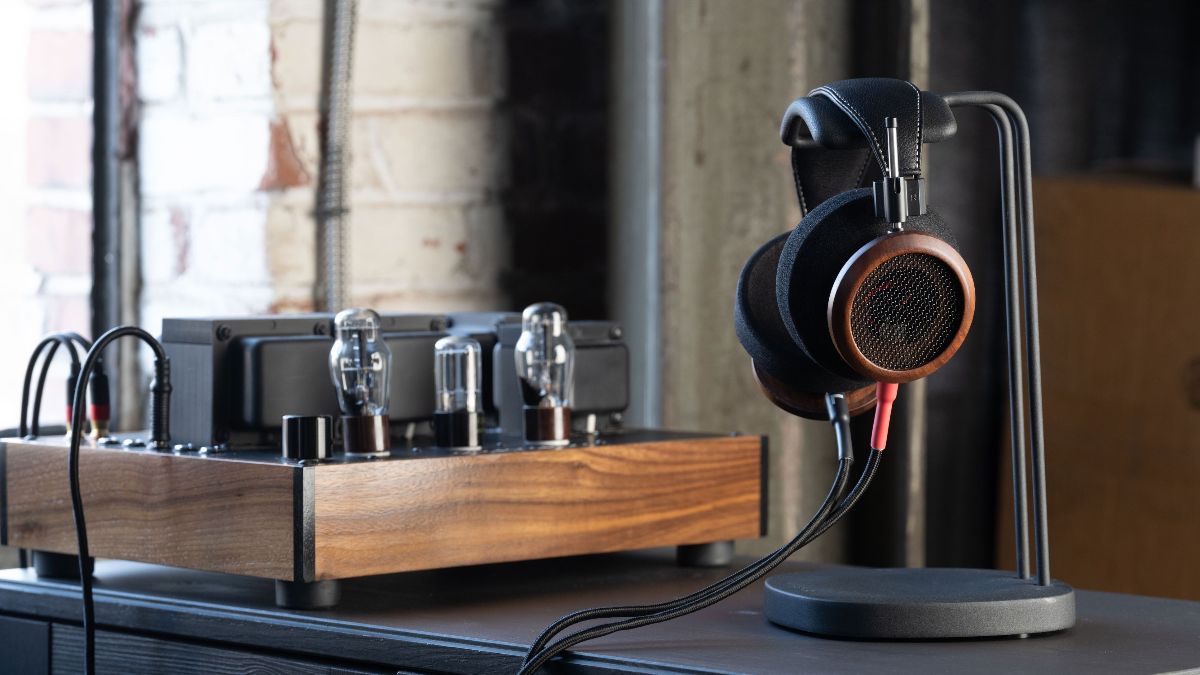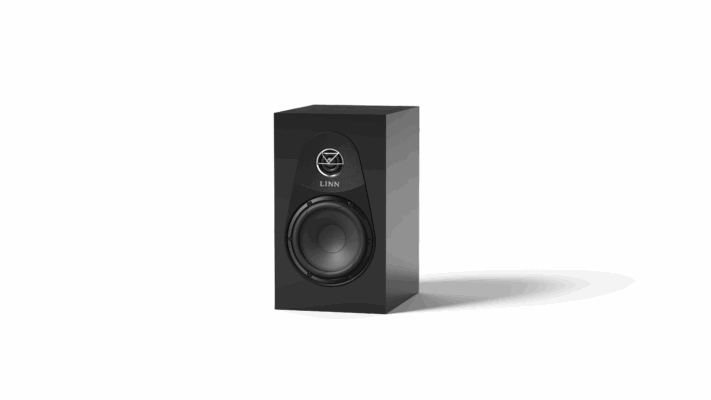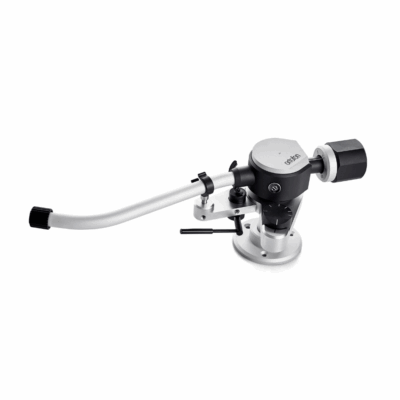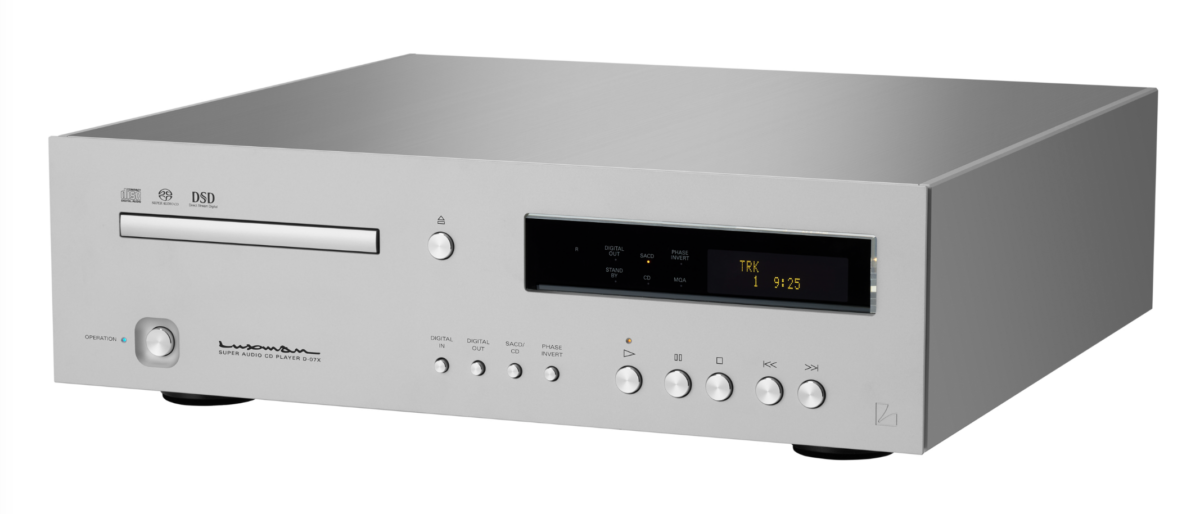Best Power Amps Under $5000 Series: NAD C298 Stereo Power Amplifier Review
The NAD C 298 strikes me as the amplifier a lot of audiophiles would want. But it is somewhat unusual, which may mean it flies under your radar. It shouldn’t, but let me tell you why so you can decide.
The NAD C298 is a stereo power amp, rated at 185 watts per channel into 8 ohms and 340 watts per channel into 4 ohms. It can be bridged to create a mono amp with 620 watts into 8 ohms (you will of course need a second amp for this dual mono scenario). Price is $2399 in the US.
Now let’s get to the unusual part. The C298 sounds somewhat like a tube amp in the upper frequencies and a transistor amp at lower frequencies. My impression is that such a combination is a sort of ‘dream amp’ in the minds of more than a few audiophiles. We’ll come back to this.
The really unusual thing about the C298 is that it sounds like a marriage of tube and transistor, but it is a class D amp. If you haven’t heard class D amps, that won’t mean much to you. But if you have, you will probably have an opinion, and it won’t be entirely positive. Bruno Putzeys the designer of the core PuriFi Eigentakt modules used for this class D circuit, set out to change that.
Product Overview
Putzeys has been involved with class D amplification for a long time (incidentally Class D amplifiers are not digital, the Eigentakt module can be described as “fully analog”). So, the Eigentakt module represents the application of his learnings from past designs. This has led to a series of patents on solutions to previously unsolved problems. Examples of the progress made here:
- Extremely low intermodulation distortion, a good measure of the ability of the amp to handle complex signals
- Load-invariant frequency response, so that 2 ohm and 8 ohm loads have the same behavior
- Minimization of magnetic hysteresis distortion in the output filters
As with many Class D designs, output impedance is very low, meaning damping factor is in the thousands.
The C298 has balanced and single-end inputs. It is modestly sized, emits relatively little heat and weighs 25 lb.
Sound Quality
As we remind readers, I can’t reason well and most of you probably can’t reason well, from technical details to sound quality. So, we listen.
The first thing I noticed about the C298 was the excellence of the imaging. That may seem like an odd starting point, but I have found significant differences in amplifier imaging with speakers that image well (I mainly used the Perlisten S7t for this review). The soundstage of the C298 is more fine-grained in left to right placement of performers than many good amps. This aids the amp in getting the image off the speakers and more into the virtual performance space than is usual. The other outstanding imaging attribute is the depth of the image. There is more layering of performers front to back than is normal.
I also thought the instrumental separation was very good. What I mean is that the C298 delineates each instrument from others so that you can follow musical lines with ease. This attribute and imaging seem to be related in ear/brain research, so perhaps this isn’t surprising given what I said about imaging. And of course, the recording has to allow this, which many do. However, I tried the new Lilly Hiatt album, which recalls the heyday of ‘90s power pop and apparently is intentionally mixed to sound rather “wall of sound” congealed on the loud parts (of which there are many). But the Shostakovich 6th Symphony, with the BSO and Nelsons, is more complex than Lilly Hiatt and the instruments are superbly delineated. The point? Components that perform well often don’t work miracles. And hey, Lilly Hiatt probably sounds like this live.
Next up, the C298 has a low-grain presentation. You might think this the so-called black background, but I think there are blacker backgrounds. Instead, the believable thing about the C298 is that instruments and voices just sound believably smooth and continuous. Some class D amps seem to overlay a slight roughness to sounds that you don’t hear as roughness per se, but as a sense that the music has been processed. The C298 doesn’t do this.
The frequency balance from bass to upper midrange is also commendably flat. The low output impedance, which leads to very good woofer control and highly defined bass, is there but some class D amps seem to roll off the bass a bit. This one doesn’t.
Voicing
Now, for those of you who have been waiting, we come to the “tube” part of the story. The upper frequencies of the C298 seem ever so slightly soft or smoothed. On extended listening, I conclude that this might be the sound of lower distortion (after all, the amp does not roll off in the so-called audible range, or even up to 50 kHz). As I’ve noted before, some distortions at high frequencies draw attention to the treble range and you register the sound as “bright”. But it isn’t bright in level, it is bright in distortion. It may be that there is a similar story with some of the excellent tube amps we know and love.
Now to be clear about the magnitude of this, I should add that this sweetening or softening or distortion reduction of treble isn’t enough to fix the difficult problems of either DACs or recordings in this region. These are hard problems. DAC (and streamer) distortion really isn’t a frequency balance issue and I think is best addressed at the DAC (and in creating the Master File). But it may help to see that there appears to be another issue. Some data suggests that the frequency balance that you hear in a concert hall is quite different from the balance that is recorded. The purple line shows measured levels in a concert hall and the green line shows recorded frequency balance. The level falls by 10 db over the spectrum in the hall and the recorded level rises 1-2 db. This is at least partially made intuitive when you realize that you sit perhaps 30 or 50 feet from the stage and high frequencies don’t project as well as lower frequencies. The recording mics are near the performers, so more high frequency level is picked up. This is why audio science suggests a roughly 1 db per octave tilt to speaker output. Many speakers do not quite provide this. And there is the pesky issue, assuming the data is correct, of that treble rise. Even if our stereo matched the -1 db per octave tilt of the hall, we’d theoretically have overbright sound.
So, you can understand why some listeners might want to “manage” treble output. But 2 or 3 or 4 db of “management” generally doesn’t happen in traditional electronics. Add to that the problem of different balances on different recordings (see our list of the 6 major problems of audio) and you may not want a fixed device to solve the problem because you’ll just keep getting it wrong.
I offer this to put into context what the C298 does in the treble region. It has a sound that I think lovers of vividness and engagement will enjoy – clear and open. It also has a sound that is very slightly tilted in the direction that lovers of tonal beauty will appreciate – low treble distortion. It may not go as far as some of the latter would like, but I am not clear that any linear amplifier would go that far.
Now to close out this section on the tube-like nature of the C298, I think the character of the sound is more transparent than most tube amps. While that sounds good, and personally I think it is, this isn’t what everyone wants. At the same time, there are transistor amps with even more transparency. But at higher, often much higher, prices.
Summary
The NAD C298 offers the power, voicing, imaging and naturalness to make the audiophile’s wish list blush. That the price is so reasonable makes it an unquestionable value. Add in the upgrade path to even more power in mono form and you have an amplifier that could be the basis of building a wonderful system. Heck, it would fit in a really good $50,000 system. Sometimes it pays to know what’s under the radar.










